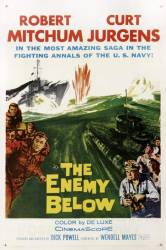
Factual error: When the UBoat changes course, Andrews, operating the radar repeater, is immediately able to provide the bridge with the target's new course and speed. This would be impossible without extensive calculations and at least range and bearing plots once the target has steadied up on the new course, either figured on the scope screen or on a maneuvering board. One must remember that both vessels' courses and speeds must be taken into account when making computations, and the relative direction of a target's travel most often is not its true course.
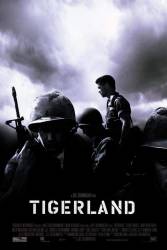
Factual error: When they are on the pistol range, the recruits are shooting with a "modern" two handed grip. In 1971, the US Army still taught recruits to shoot one-handed.
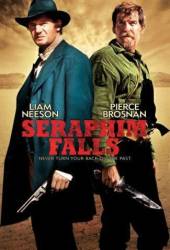
Factual error: The movie takes place in 1868, and every guy and his dog are wielding cartridge conversion Army, Navy, and even what appears to be Walker colts. Unfortunately, such conversions were not performed until 1869, after Smith and Wesson's rights to the Rollin White patent expired.
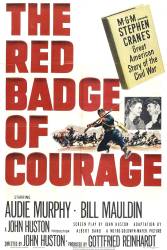
Factual error: Several union soldiers wading across the waist-deep river (and later climbing out of the river) are carrying the U.S. Springfield Rifle, Model 1903, which is a bolt-action, magazine-fed rifle (Note especially the soldier who climbs out of the river holding his rifle above his head.) instead of the historical accurate muzzle loading rifle. The Model 1903 was adopted by the US Army in 1903 and used in World Wars I and II, but not the American Civil War. For a picture of the Model 1903 Springfield Rifle, see: http://www.army.mil/cmh-pg/Museums/Showcase/Myer/Myer-4h.htm. (00:14:30)
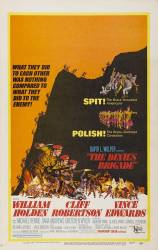
Factual error: The German tanks are American M47s, post WW2. They had the same hulls as the M46s (also post-WW2), but a better slope and greater effective armor on the turrets.
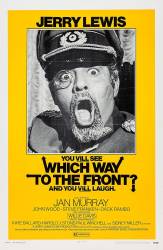
Factual error: Due to paranoid fear of sabotage, all Japanese Americans were interred in camps along the west coast during WW2. So it would have been MOST unlikely for Yamashita (especially considering his military background) to simply walk about freely and to have work as a gardener.
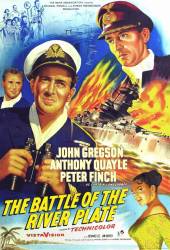
Factual error: When the filmmakers were choosing existing warships to play the roles of the ships in the battle, they didn't quite match up some of the details. The Graf Spee is represented by USS Salem which has three triple gun turrets - yet in the Captain's cabin is a photograph of the real Graf Spee which had just two turrets. Likewise, HMS Ajax is represented by a Sheffield class cruiser with four triple gun turrets - yet in the fire control area there are just eight lights to indicate guns ready to fire.
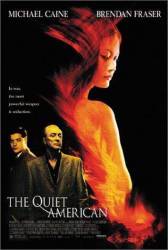
Factual error: At the end of the movie, Harry Truman is quoted in 1954 in laying out the domino theory, but it was his successor, Dwight D. Eisenhower who did that.
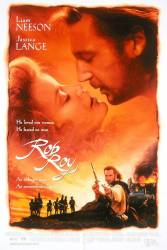
Factual error: James Graham, 4th Marquess of Montrose, became 1st Duke of Montrose in 1707, six years before the film is set, although the film refers to him throughout as a Marquess.
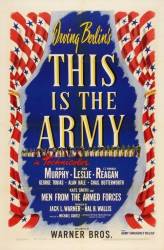
Factual error: The opening scene of the film, with a woman singing "For Your Country and My Country" at a bond rally, is supposedly set in 1917, but her hair and clothing are pure 1940's: calf-length skirt and curled shoulder-length hair, neither of which was acceptable attire for a lady in 1917.
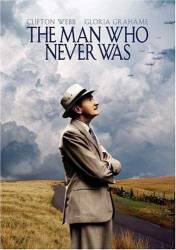
Factual error: Towards the middle of the movie when when the British submarine leaves port with the Man Who Never Was onboard, it is flying what appears to be an American flag. The flag is visible for about ten seconds and if you look closely, you can see the field of blue of the stars and stripes in the upper corner.
Suggested correction: The flag, as can be seen before submarine sails and then from a distance, is obviously the White Ensign.
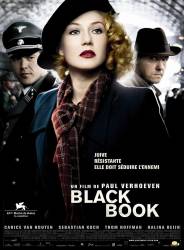
Factual error: During the movie the Germans are more then once using halftracks of the type sonderkraftfahrzeug 251, which originally were only allowed to be used by panzerdivisionen (armored divisions), and at the moment the movie is supposed to take place, there were no panzerdivisionen in Holland.
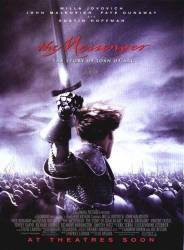
Factual error: Early in the movie, the Dauphin receives another letter from Joan (or her writer). The only person who ever wrote to the Dauphin about Joan was Robert du Baudricourt, and he wrote one letter, and it was about Joan, not for her.
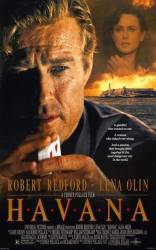
Factual error: When Robert Redford looks at the radio he finds in Lena Olin's car, the radio's ID plate has a serial number beginning with 67-, which means it was paid for by the U.S. government with funds from fiscal year 1967 - eight years too new for a story from late 1958.
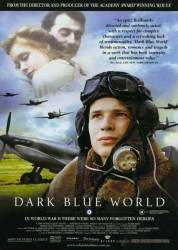
Factual error: The corporal mess steward addresses the sergeants as 'sir'. British sergeants are never addressed as 'sir'.
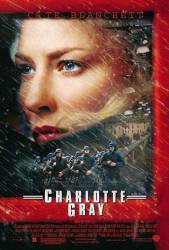
Factual error: In the scene where the resistance blow up a German train, the locomotive is a British one. The number is shown as 92240. This engine is owned by the Bluebell railway, who are named in the credits. It wasn't even built until around 1955. It seems to be the same engine pulling the train to the concentration camp later in the film. Remarkably fast repairers, those Nazis.
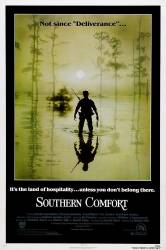
Factual error: In the boat-stealing scene, when the machine gunner fires a burst of blanks out of the M60 at the Cajuns, the weapon functions perfectly. However, the muzzle is bare. When firing with blanks, weapons have to have metal pieces called blank adaptors screwed into the muzzle to keep enough gas inside the weapon to cycle the bolt. Without one, the M60 would fire one round and stop.
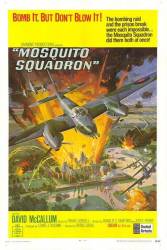
Factual error: In the opening scene, a German buzz-bomb is shown falling on WWII London. In the background, a nuclear power plant can easily be seen. A double mistake of sorts, as there never have been any nuclear power plants near London, even after they were invented.
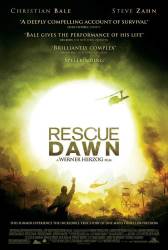
Factual error: As Christian Bale's Skyraider releases rockets, at first they drop like bombs. In real life, rockets shoot away instantly, at an almost straight line from the launching plane, never falling like bombs.

Factual error: Although correctly addressed as "captain" towards the end of the film, Richthofen continues to wear the rank insignia of an oberleutnant (lieutenant).